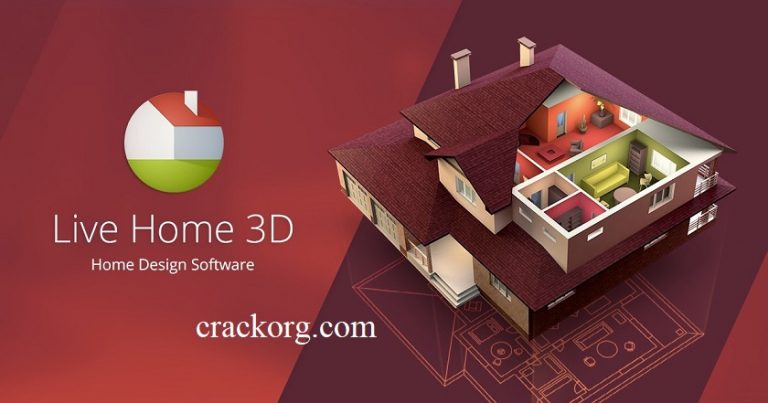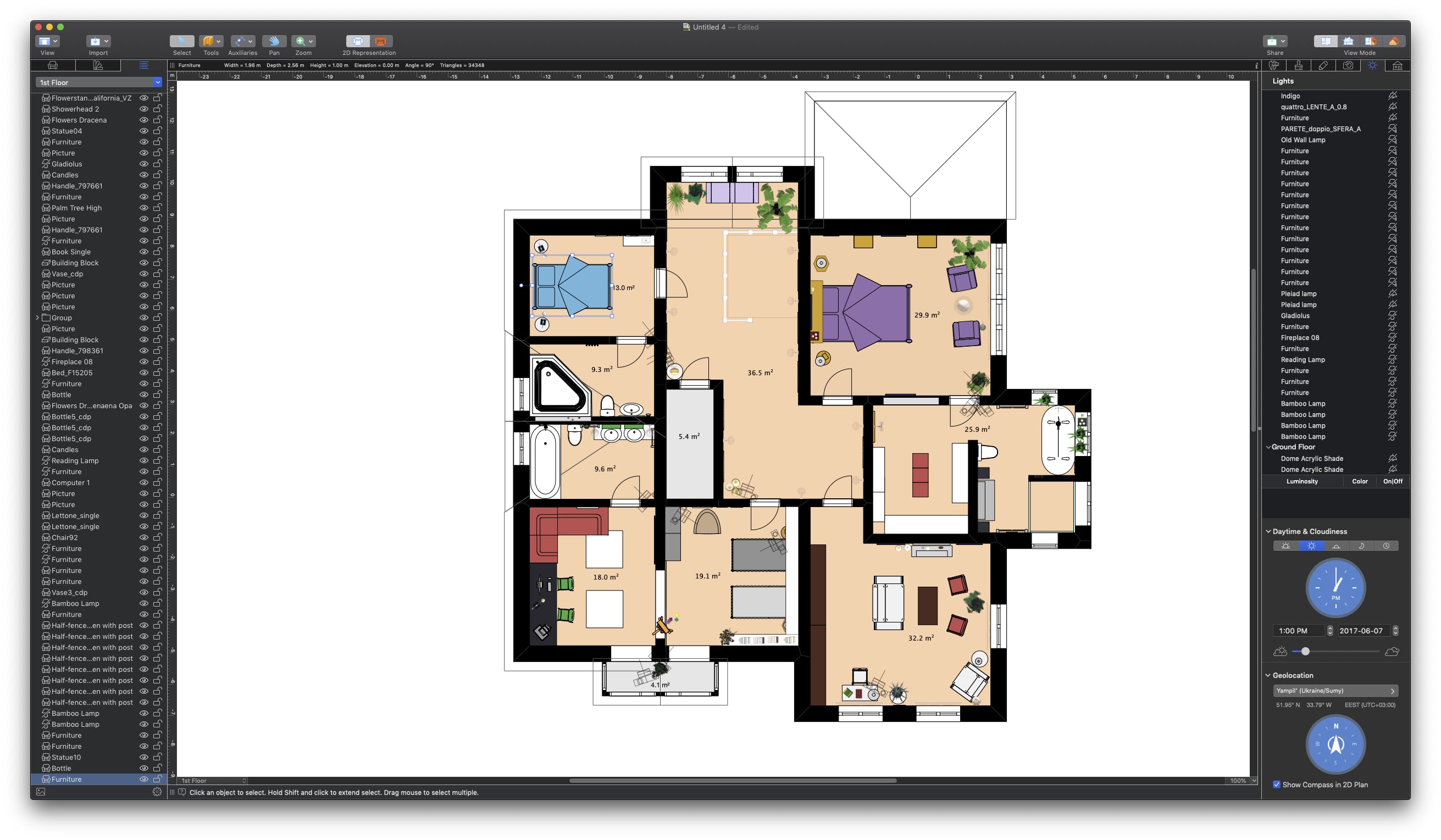

This is not a replacement for light sources.

When this parameter is greater than zero, the material would look like it is under ambient light. At "0", it looks nonmetallic.ġ8 - The texture for the Emissive effect.ġ9 - The color of the light that the material emits.Ģ0 - The amount of light the material emits. At "1", the material looks like a metal surface. So, you should avoid or limit the use of such materials in order to have higher program performance.ġ6 - The texture for the Metallic effect.ġ7 - The amount of the Metallic effect. Notice that materials with the Prefer Planar Reflection option activated make the rendering of the 3D scene slower. A dark color in the texture defines a glossy area (e.g., black for the tile), while a bright color defines a matt area (e.g., white for grout). To apply different roughness to different areas, you should activate the Prefer Planar Reflection option and choose a texture in the Roughness section. For instance, a material may represent a glossy wall tile with matt grout lines between tiles. At "1", it becomes matte.ġ5 - The Prefer Planar Reflection check box lets you set up the Roughness for an uneven surface which has areas with different glossiness. At "0", the material looks finely polished.

At "0", the material becomes transparent.ġ3 - The texture for the Roughness effect.ġ4 - The amount of material's roughness. At "0", it becomes black.ġ1 - Take into account transparent areas of the texture.ġ2 - Opacity of the material. The chain icon in the middle lets you resize textures with or without preserving the aspect ratio.ĩ - The tint color of the material's texture.ġ0 - The brightness of the texture. The preview simulates reflections from a spot and ambient light sources.ħ - The size of texture tiles in measurement units used in the floor plan. To choose one, click on the corresponding icon below the preview. The preview can show the material applied to one of three objects: sphere, cube or flat surface. If there is a sphere or cube in the preview, you can rotate it in 3D by dragging it with the mouse.ģ - The preview mode. To zoom in or out, place the cursor over the preview. You can see it in the Material Library.Ģ – The material preview. The functionality described in this section is only available in the Pro edition.ġ – The name of the material. To duplicate and edit a standard material, right-click on it in the Material Library, then select New From Selected… in the context menu. Thus, if you wish to modify it, create a copy and then customize it. To open the Material Editor right-click on a material in the Material Library and choose Edit Selected Material… The program doesn't allow editing of the standard materials.


 0 kommentar(er)
0 kommentar(er)
